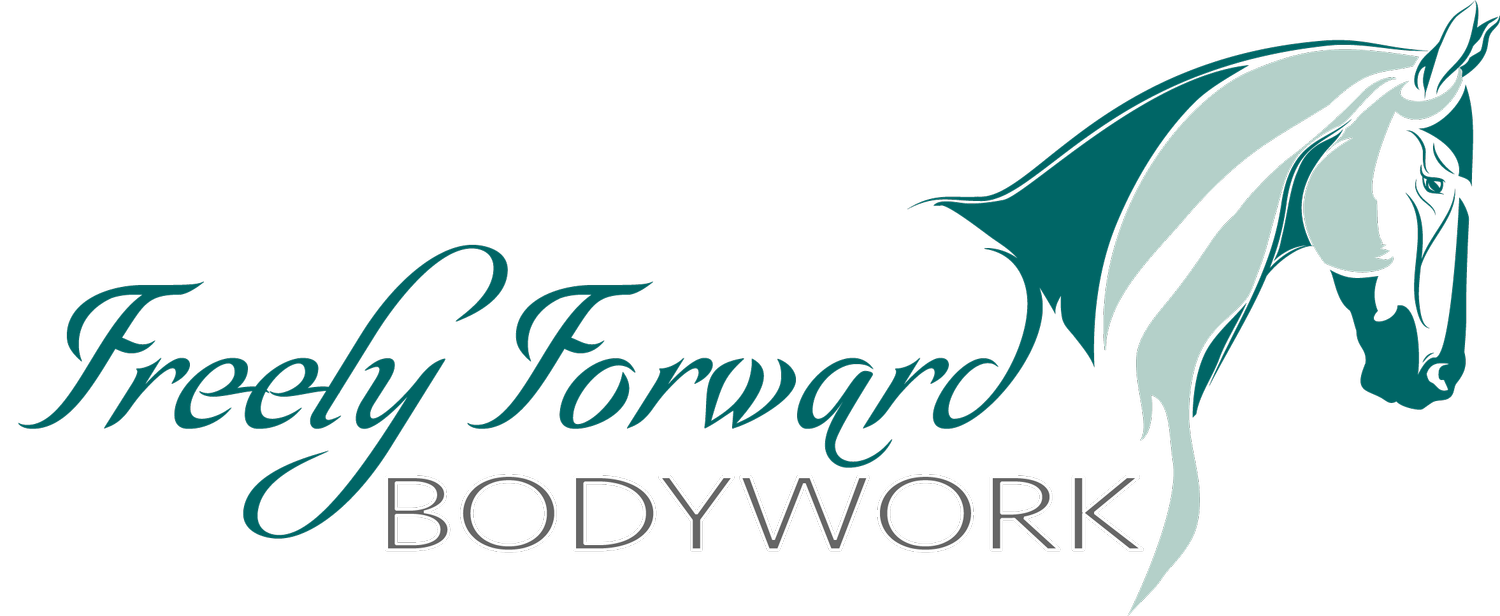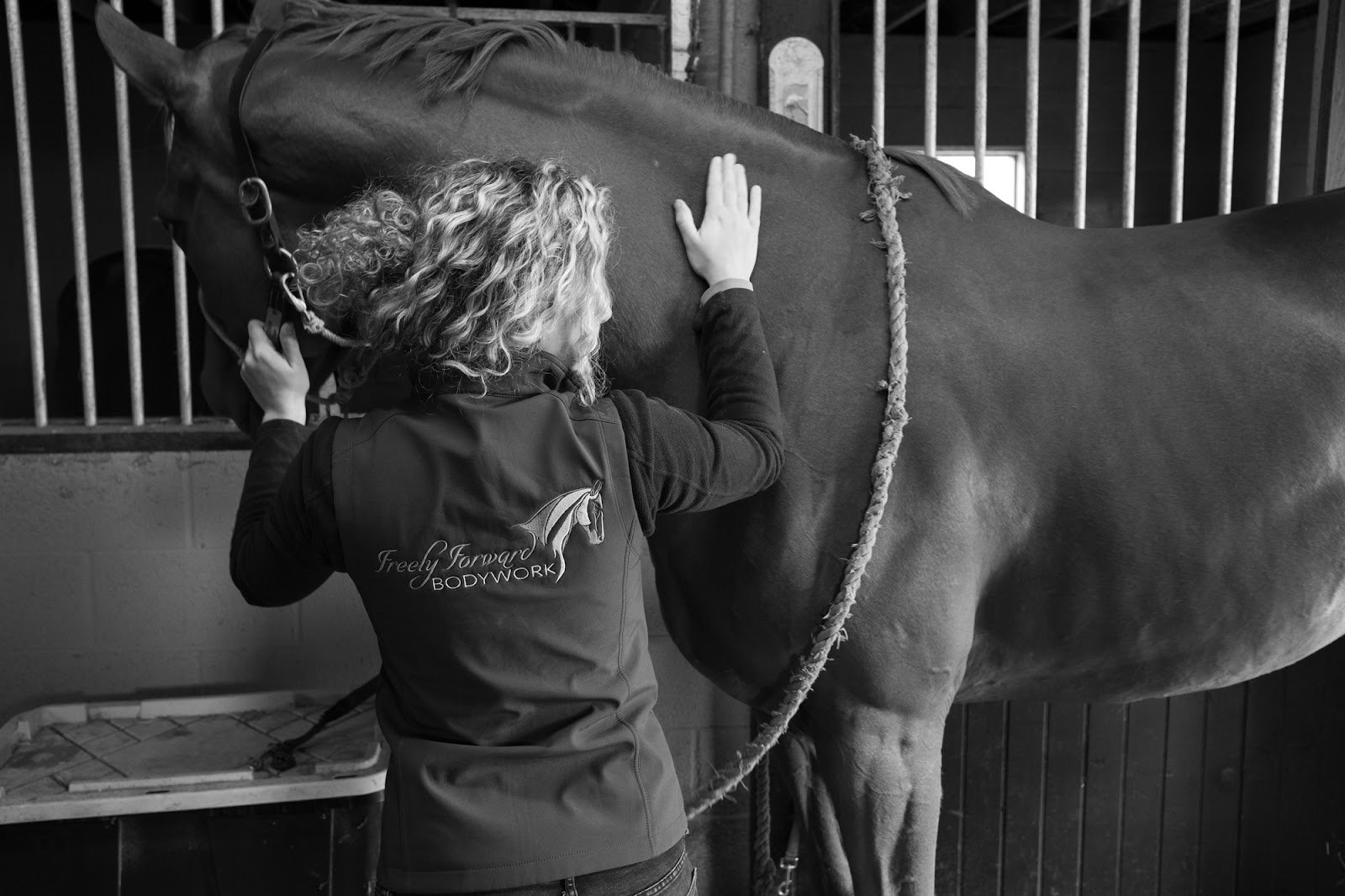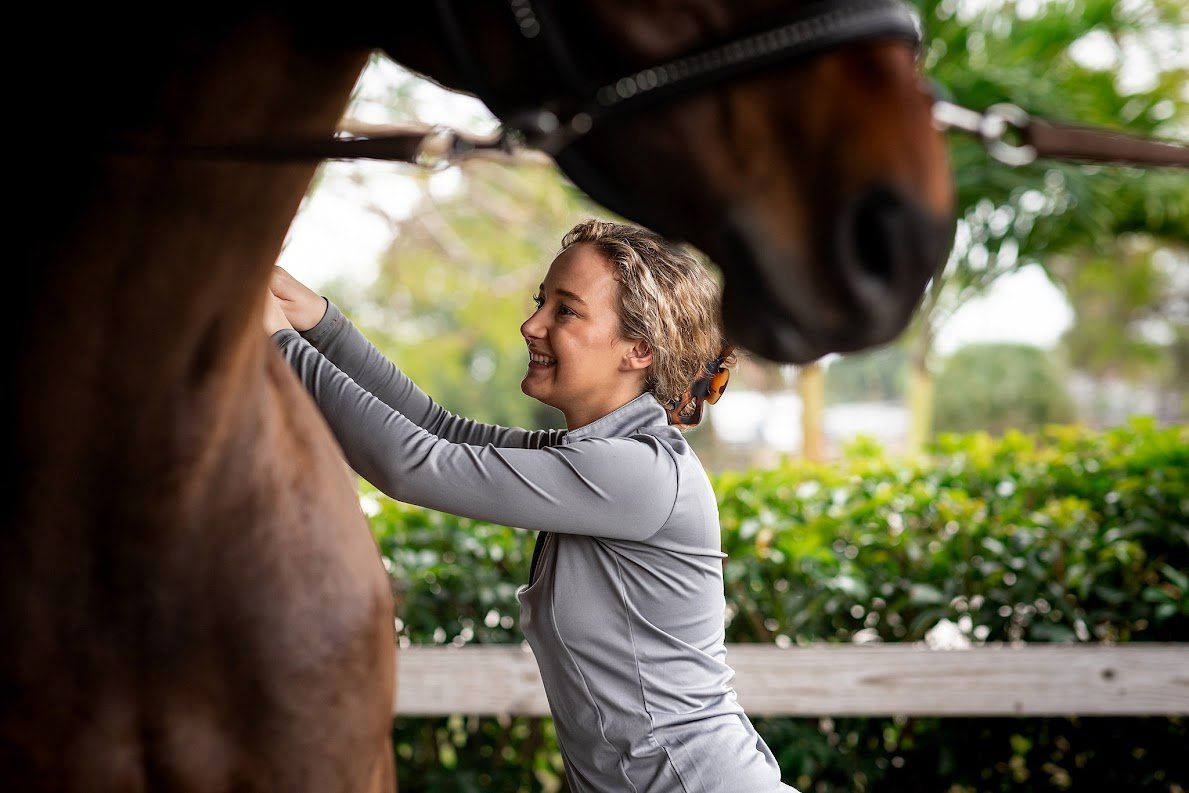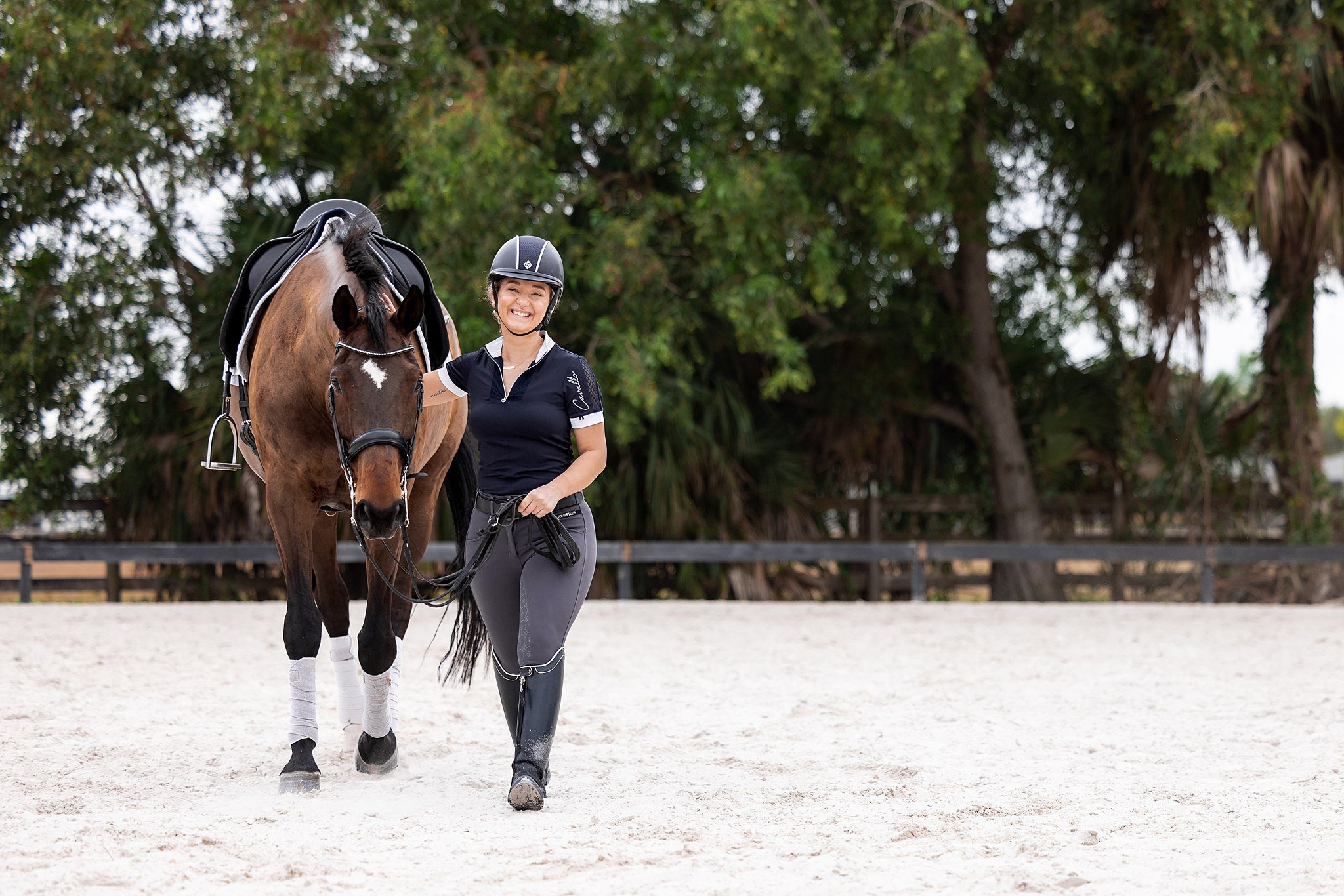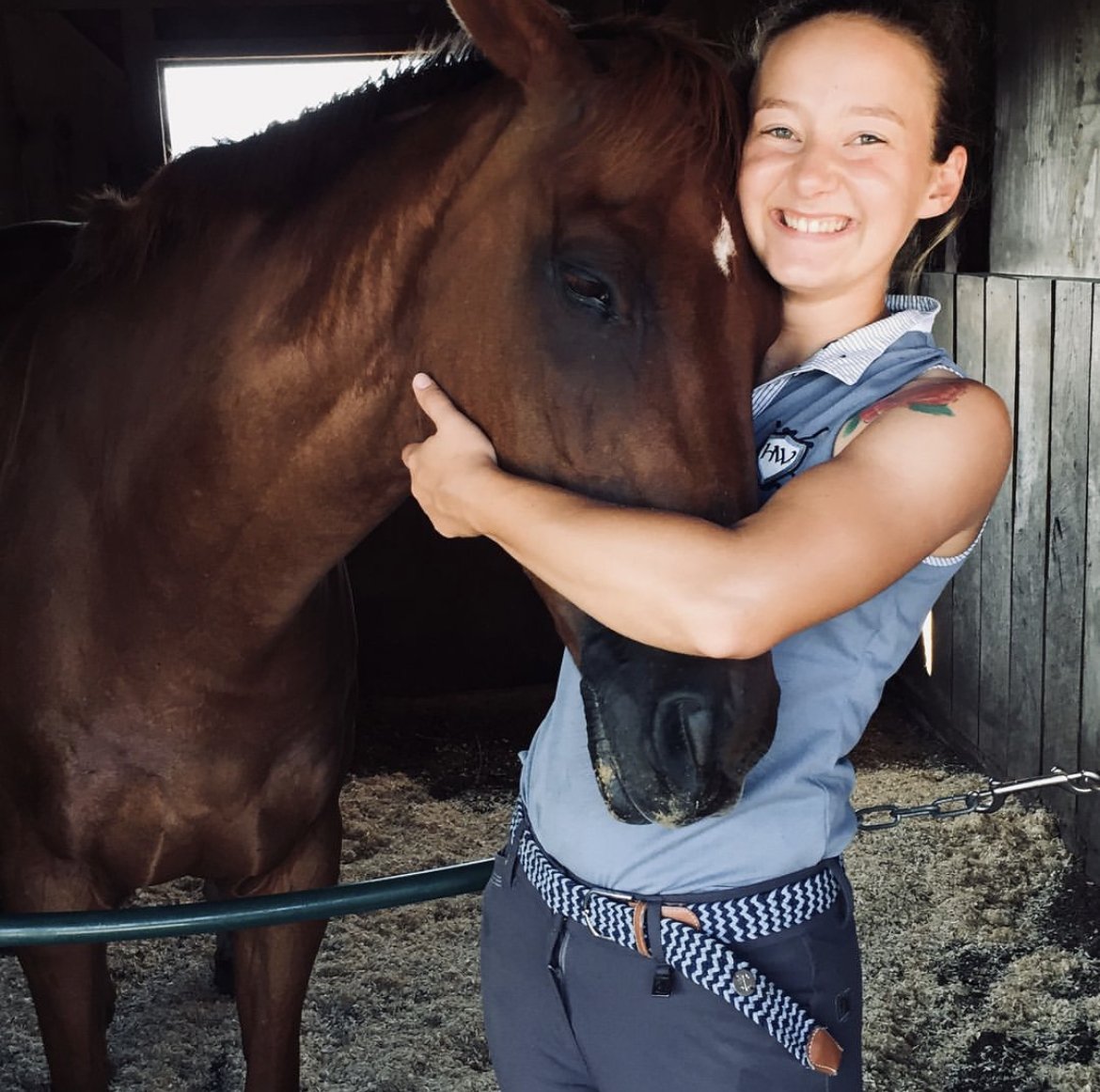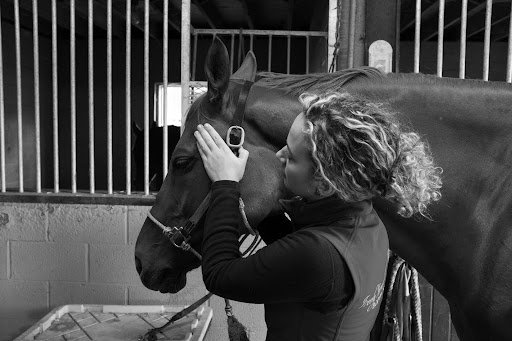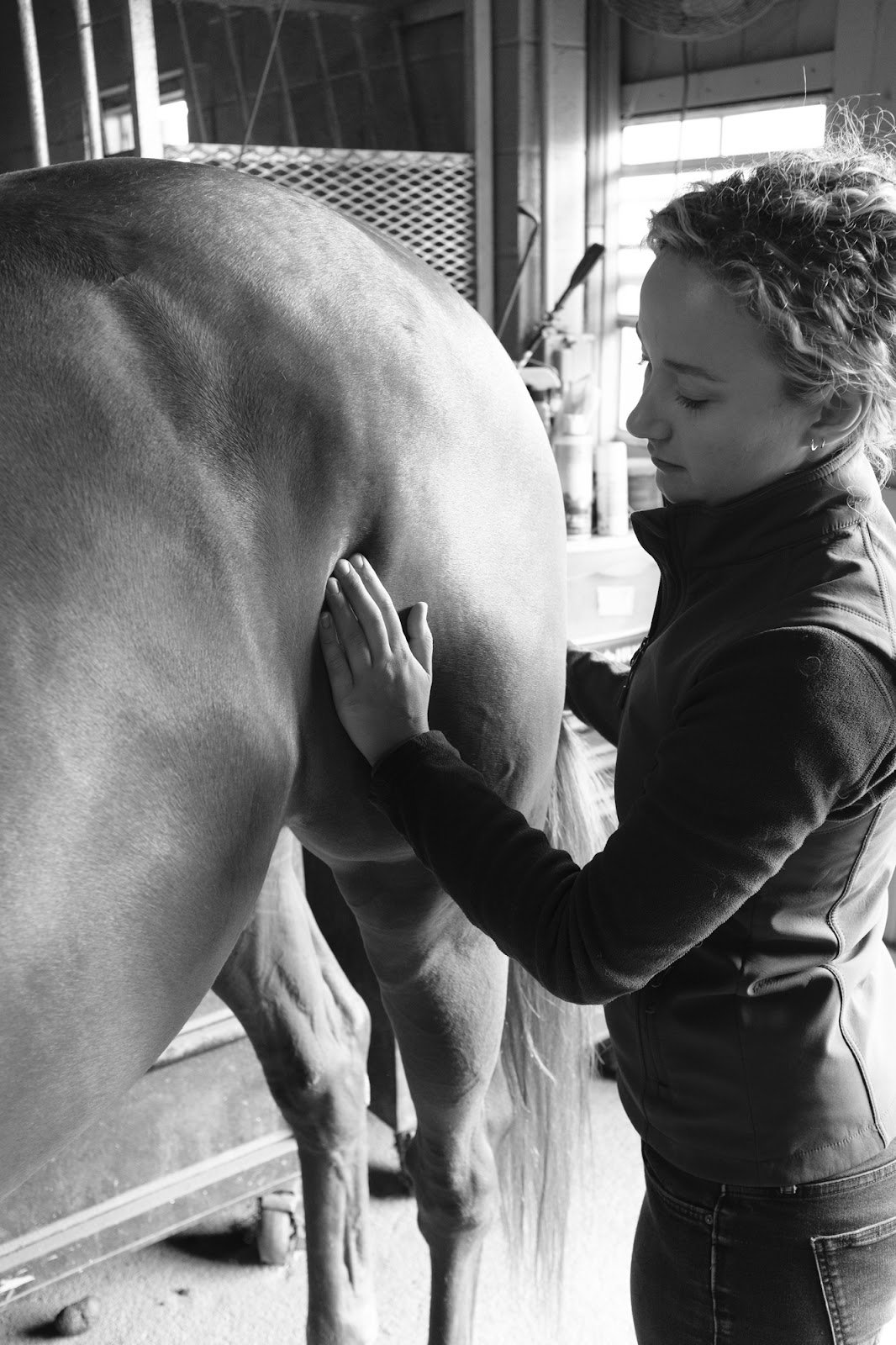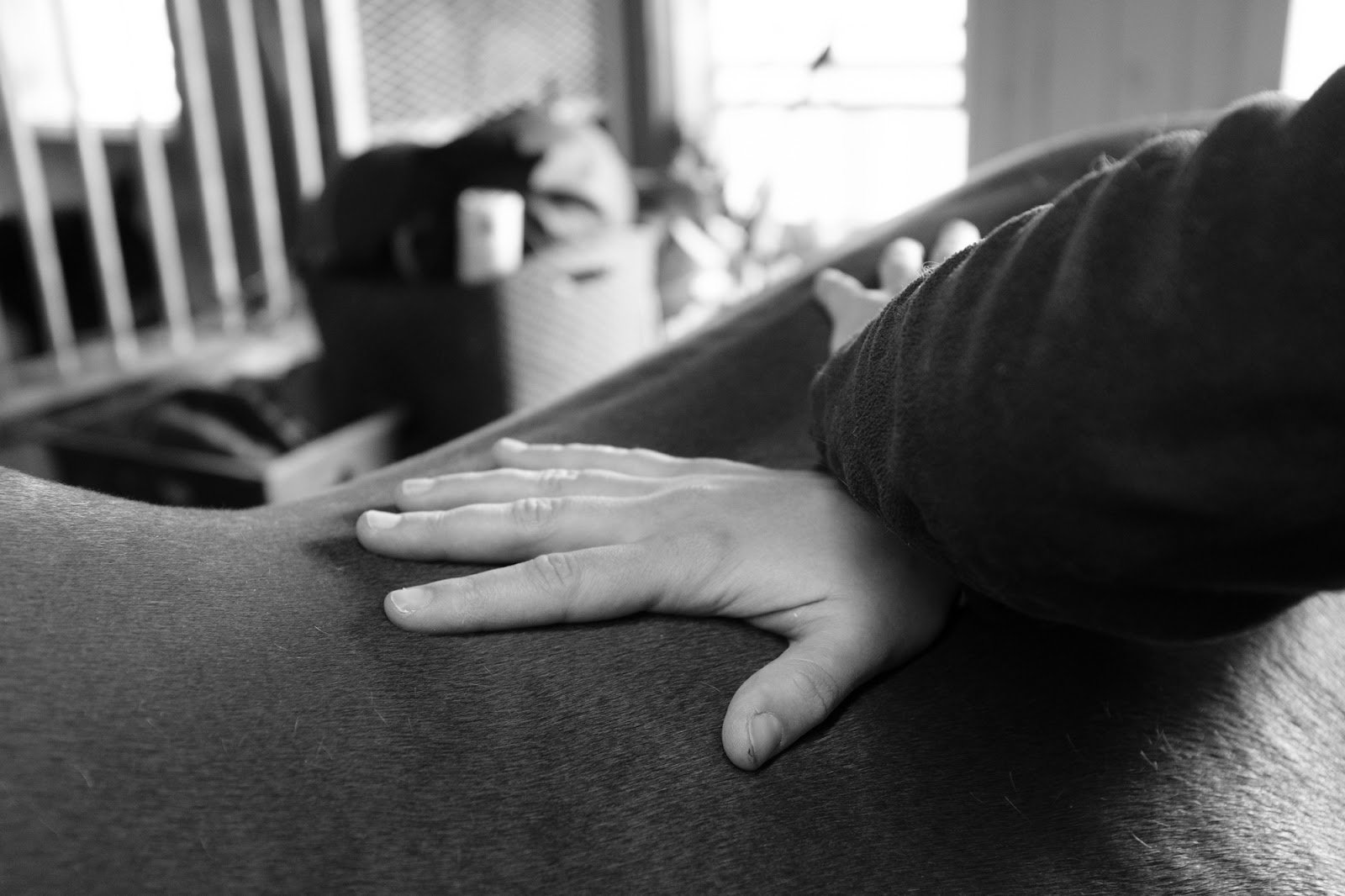Keeping Up With Maija
RESOURCES & NEWS
Top 5 Ways to Biohack your Horse’s Performance - From an Equine Massage Therapist/Former FEI Groom
It takes between 10-15 minutes for freshly oxygenated blood to reach the tendons in horses’ lower legs. Oxygenated blood helps prevent injuries. Additionally, walking enables the optimal flow of synovial fluid, which cushions horses’ joints and helps absorb the shock of exercise. A proper cool down walk allows lymph to move through the body, instead of settling excessively and causing muscle pain.
If your Horse’s Inconsistent Performance is Leaving you Frustrated, this is for you
What they don’t know is that their horse might be struggling with something called Delayed-Onset Muscle Soreness (DOMS), which is often caused by overexerting muscles before they’re properly conditioned.
How to Alleviate your Horse’s Back Pain
Here’s how to alleviate your horse’s back pain, from an Equine massage therapist
How to Help a One-Sided Horse
I spent so much time spinning my wheels-
He bulged to the left, and was totally hollow to the right.
His canter to the left was lovely, but he was anxious and tense going to the right.
I felt like I was riding two different horses.
Top 3 Bridle Fitting Tips for Equestrians
Quick win! Have a better ride TODAY by making sure your bridle fits! Thank you bit and bridle fitter @comfortfitequine for teaching me these tips!
Top 3 Tips to Bond with your Horse
This is my favorite! Riding and achieving our goals makes us feel good- how can we return the favor?
My EM101 Student’s Life-Changing Transformation
Beth had struggled with their partnership for over 12 years… so what changed?
Do you Suspect your Horse’s Jaw Joint (TMJ) is Uncomfortable?
Unlock Your Horse’s Jaw is your one-stop shop to identify TMJ pain, improve its condition, and prevent future discomfort. You’ll learn six targeted techniques to alleviate TMJ pain with the same clarity and easy to understand methods as our popular course Equine Massage 101.
Been on the Fence About Equine Massage 101?
One of my students reached out to me with this concern, because she wears so many hats. She’s a mom, has a full time job, and her time spent at the barn is precious. I know so many equestrians like this, which is why I wanted to ensure my course fit their busy lifestyles.
Do These 3 Signs Sound Familiar? Your Horse may have a Sore Back!
If your horse is cranky on the ground, bucking under saddle, it feels impossible to get them through and soft while you’re riding, it’s possible that the muscles in their back are tight and uncomfortable.
My Student Fixed her Horse’s jaw pain with one Massage Technique
Inside equine massage 101, my students are having incredible transformations with their horses…
Spilling the tea…
My very first online course purchase and what it taught me & why I’ll NEVER make a program like it! 5 years ago, I was desperate to help my horse. I always thought Equine massage would benefit him, so I googled “equine massage course” and found one. It was around $1,300, which was a big investment for me at the time. I knew he was worth it and was desperate to help him, so I pulled the trigger. I was disappointed that the course barely taught me any massage techniques
The reason why I became an equine massage therapist may surprise you
I was pulled into this career for an all too familiar reason. My horse Westley and I were struggling with our partnership. He was my best friend, but I felt like we just couldn’t get on the same page, no matter how much I wanted to. He was cranky to groom, tough to ride, and got eliminated at every competition we went to. I felt hopeless. I looked high and low for an answer to what was bothering him, with numerous vets and professionals weighing in.
Are you bummed out by your horse’s scores at shows?
You know that your horse is amazing, but it seems like they never show it at competitions. Every event you try something new: You might be trying different supplements, different bits, different calming pastes, or even different trainers…But nothing seems to stick.
Is Your Horse Experiencing Hind-End Pain?
It’s no secret that the horse’s hind end is of the utmost importance to their performance. No matter your discipline of riding, from dressage to showjumping to barrel racing and beyond, the hind end is the engine and the power source that propels everything. We as riders always strive to set our horses back on their hind ends to correctly harness the power and send them forward.
Horse Stretching Techniques Anyone Can Try
STRETCHING YOUR HORSE IS AN INCREDIBLY BENEFICIAL FORM OF EQUINE THERAPY, BUT DO YOU KNOW WHERE TO START? HERE ARE SOME SIMPLE BUT EFFECTIVE STRETCHES TO ADD TO YOUR TOOLBOX. INTRODUCE THESE STRETCHES ONCE OR TWICE A WEEK, THEN BUILD THEM UP MORE FREQUENTLY AS YOU GO.
The Secret Muscle Holding Back Your Riding
For years I, like many riders, have struggled with my sitting trot. I took lunge lessons, I watched youtube videos, I rode with respected trainers, and still, I found it impossible to swing my hips naturally to follow my horse’s movement. I found it so frustrating that I seriously considered giving up my dream of riding at the upper levels, doubting my talent. Luckily for me, it was around that time that I entered massage school, and started receiving regular massages. My instructor found my back and hips incredibly tight and showed me a diagram on a poster we had in class. It showed a pair of muscles on either side of the spine that begin at the end of the mid back, fan out to the inner pelvis, and insert into the tops of each femur. “This is your iliopsoas,” she told me, “it’s your major hip flexor. Because you’ve been riding your whole life, and your hips are constantly flexing and extending to follow the horse, yours are very tight. I’m going to work on them for you.” After massaging me, she showed me a few stretches to do before I rode. The next day, and over the next months, I became more and more able to open my hips and master the elusive sitting trot. I thought to myself, all this time I have been so frustrated and blaming my riding ability, when I have just been held back by a small mechanical obstacle in my own body.
How Your Hip Flexors are Affecting your Breathing While Riding
In my last blog, I highlighted the importance of diaphragmatic breathing for riders. And with this article, I am adding another layer to that concept: how your primary hip flexor, the iliopsoas, and your ability to diaphragmatically breathe are connected.
To give you some anatomical context, let me outline the iliopsoas and the diaphragm. The diaphragm is the primary muscle of breathing. This dome-shaped muscle contracts and flattens with every inhalation, creating a vacuum effect that pulls air into the lungs, then with every exhalation, it relaxes, and air is pushed out of the lungs.
Harness the Power of Diaphragmatic Breathing to Optimize Your Ride
The parasympathetic nervous system mediates “rest and digest” responses: its functions include slowing heart rate and increasing digestive secretions. The parasympathetic response also serves to suppress the sympathetic nervous system (a.k.a. the “fight or flight” instinct). You might feel your sympathetic nervous system at work right before heading out to cross country, or before going into the ring for a dressage test: you shake; your heart races at a mile a minute; you feel like you are going to be sick. These are all effects of your sympathetic nervous symptom being activated by a perceived threat. So, what can you do about it? Well, now we know there is a better way than hiding in the port-o-potty fantasizing about enjoying something less dangerous, like chess or bridge. We now know the power of stimulating the vagus nerve.
